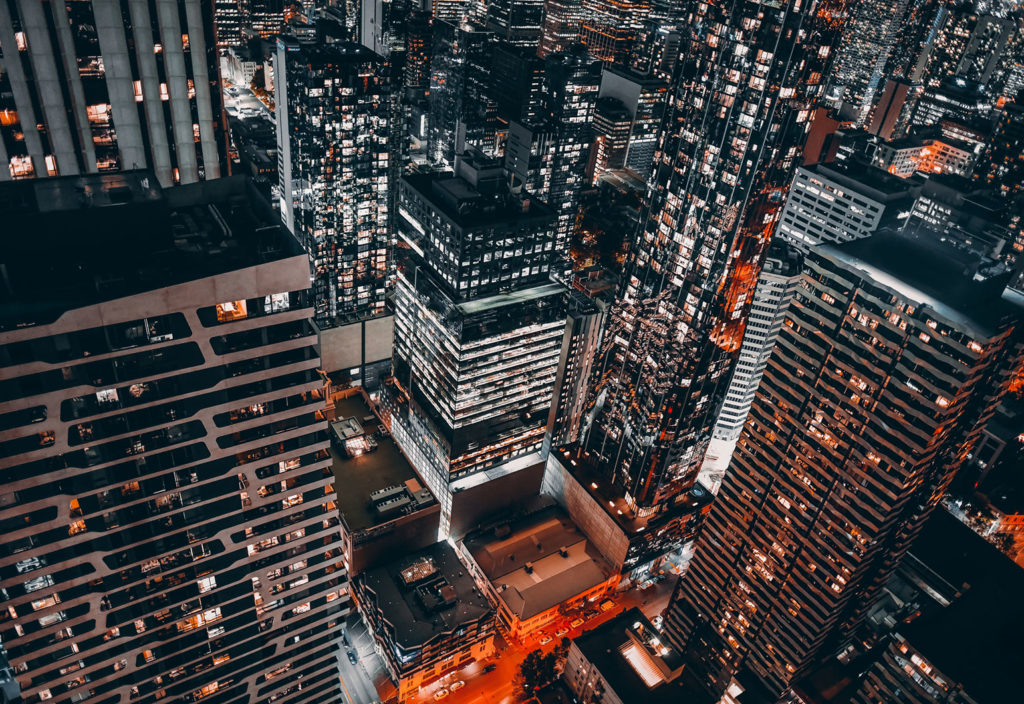As the states home in on the task of fixing their highest risk buildings, authorities have mixed opinions on whether people should be advised if their workplace or home is affected.
Concerns raised by the 2014 Lacrosse fire in Melbourne and 2017 Grenfell Tower tragedy have prompted states and territories to audit their high-rise buildings to identify and address safety risks due to non-compliant combustible cladding.
But with the exception of Queensland, states and territories will not release the results of their audits to the public. According to Dr Jonathan Barnett, Chair of Engineers Australia’s Society of Fire Safety, people have a right to know if they are at risk.
“Unlike asbestos, for which there is no risk until it is disturbed, combustible cladding presents an everyday risk,” he said.
Barnett has previously told create that the lack of transparency of audit results has contributed to an insurance crisis, making it difficult for building certifiers to renew their professional indemnity insurance to assess buildings that could contain combustible cladding.
Why secrecy?
State governments have cited concerns that releasing audit results could reduce property prices and affect insurance. When asked to comment, the Insurance Council of Australia (ICA) told create that building owners and managers had an obligation to disclose the presence of non-conforming building materials to their insurer.
“The insurer can then make an informed decision about whether to maintain or decline further coverage,” said Campbell Fuller, ICA’s Head of Communications.
Earlier this month, the South Australian Department of Planning and Infrastructure (DPTI) released an interim report that identified seven privately owned multi-storey buildings that posed an extreme risk, and deemed another 23 as high risk. Extreme-risk buildings require immediate work to make them safe, and high-risk buildings require action within 12 months.
Unlike Victoria, which will spend $600 million to make 500 of the state’s highest-risk buildings safe, South Australia has ruled out tax-payer funded action. Of the 28 privately owned buildings identified as extreme and high risk, most are high-rise residential apartment blocks.
But South Australian Infrastructure Minister Stephan Knoll told the ABC the State Government would not inform residents – leaving this task to the building owners.
“Security and safety have always been one of the primary reasons that we do not reveal the exact locations of buildings with significant cladding issues in line with other states,” Knoll added.
The case for disclosure
Not everyone agrees with the assessment that audit results should be withheld. South Australian Opposition Infrastructure Spokesman Tom Koutsantonis shared Barnett’s opinion that people had a right to know if buildings were unsafe.
In NSW, City of Ryde released a combustible cladding register to the public last month – in spite of State Government claims that high-risk buildings could be targeted by arsonists or terrorists.
In a statement explaining their decision, City of Ryde said that the NSW Government did not include any corroborated reasons why revealing building locations would “reasonably be expected to result in an act of terrorism”.
According to Barnett, if authorities have genuine concerns about serious threats to security, they should take measures to protect buildings, rather than simply keeping their location under wraps.
“It’s not very hard for a determined terrorist to work out if a building has combustible cladding,” he said.
Barnett added that engineers working on buildings now have a professional obligation to determine whether the presence of non-conforming combustible cladding puts them in a higher risk category, as this can affect the scope of services required.
“Not providing this information means that professionals cannot easily proceed with due diligence,” he said.
